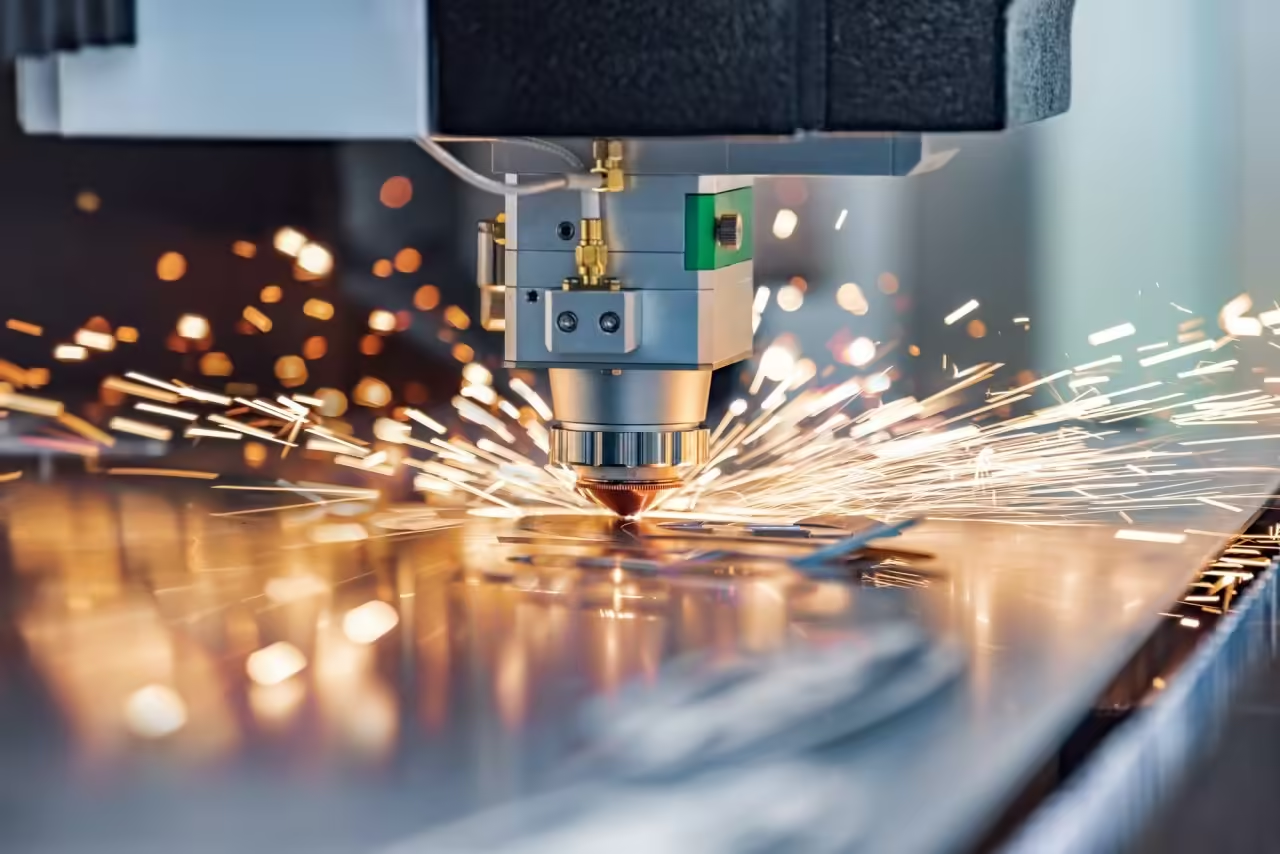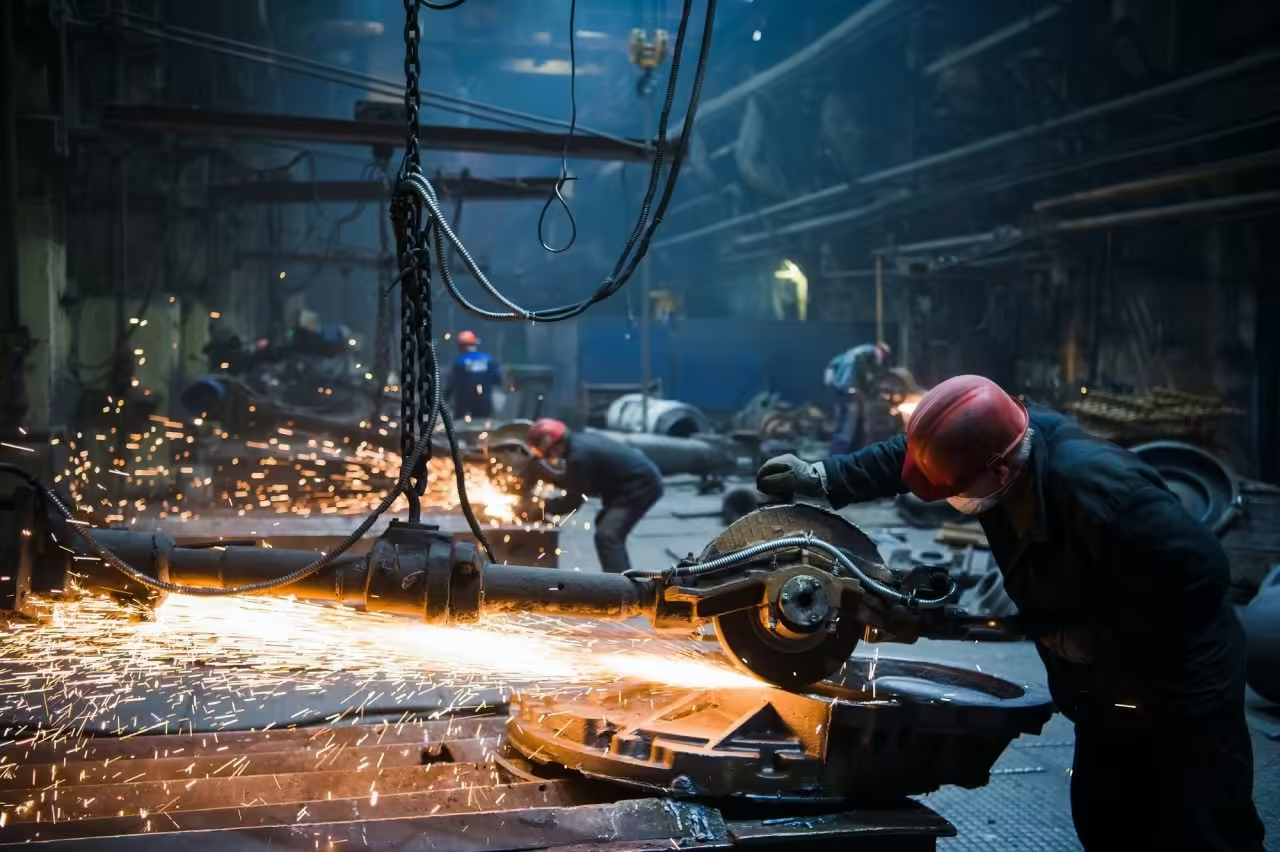Introduction
From the precise sorting in intelligent warehouses to the 24/7 continuous operation on mining production lines, mobile conveyors are reshaping the modern logistics and industrial manufacturing landscape with their dual advantages of flexibility and intelligence. This article delves into the technological breakthroughs, scenario – specific adaptations, and future transformation directions through in – depth analysis of six major industry applications.
I. Panoramic View of Industry Applications
1.1 Automotive Manufacturing Industry
Scenario Requirements
The automotive production line demands high – frequency and high – precision transportation of stamped parts, interior panels, and finished vehicles. However, traditional conveyor lines lack flexibility.
Solutions
Adopt a combined mode of Automated Guided Vehicles (AGVs) and movable lifting platforms to meet the transportation needs of different vehicle models’ body parts.
Modular design across workshops allows for reconfiguration within 15 minutes, reducing equipment idle time by 40% (refer to the SAIC – General Motors intelligent manufacturing project).
Key Technologies: Laser navigation with a positioning accuracy of ±5mm and anti – collision sensors to ensure personnel safety.
Value Enhancement
Production line capacity can be elastically expanded by 30%.
Energy consumption is reduced by 18% through dynamic load matching technology.
1.2 Food Processing and Pharmaceutical Industry
Scenario Pain Points
Stringent hygiene standards (FDA/GMP certification), high risk of particulate contamination, and frequent cleaning requirements.
Innovative Practices
Fully enclosed conveyor channels + 316L stainless steel materials + Clean – in – Place (CIP) system.
Integration of food – grade UV sterilization modules (effectively killing pathogens such as Escherichia coli).
Intelligent temperature control for freshness preservation (adjustable within the range of 0 – 8°C).
Typical Case
Mengniu Dairy’s project using a mobile conveyor system for bottled production lines has reduced the fault response time to 5 minutes, achieving zero downtime during production line switching.
1.3 Mining and Metallurgical Industry
Challenges
Heavy loads (20 – ton mining trucks), dusty and snowy environments, and long – distance continuous transportation (>2km).
Special Solutions
Anti – impact composite track chassis (capable of withstanding a 60 – degree steep slope climb).
Explosion – proof permanent magnet motors (IP68 protection level).
AI vision monitoring system to automatically adjust the conveying speed according to the recognized ore particle size in real – time.
Application Indicators
Daily transportation capacity increased to 50,000 tons.
Equipment lifespan extended to 12 years (with the regular maintenance cycle extended to 5,000 hours).
1.4 Ports and Logistics Hubs
Core Value
Shorten the turnaround time between berths and yards and cope with tidal – like freight fluctuations.
Technological Evolution
Functional ModuleTechnical IndicatorMarket Penetration RateAutomatic Mooring DockingShip sway compensation within ±1.5°45%Container Intelligent Stacking1,200 containers per hour32%New Energy DriveHybrid power of electric and hydrogen energyGrowing at 18%
Benefit Comparison
DimensionTraditional SolutionIntelligent SolutionEnergy Consumption per TEU8.5 kWh5.2 kWhPort Congestion Index22%9%
1.5 Electronics Manufacturing and New Energy
High – Precision Requirements
The chip production line requires a positioning accuracy of ±0.05mm.
Breakthrough Technologies
Magnetic levitation bearings + piezoelectric actuator composite drive.
Millimeter – wave radar + deep – learning path planning.
Successful Case
CATL’s battery production line has applied a mobile AGV conveyor system, reducing the takt time from 120 seconds to 85 seconds.
1.6 Construction and Infrastructure
Scenario Characteristics
Harsh working conditions (dust, humidity), and frequent equipment movement.
Solutions
Foldable quick – assembly structure (can be deployed within 1 hour).
Aluminum alloy lightweight design (reducing the self – weight by 35%).
Concrete pumping blockage monitoring (real – time flow rate monitoring).
Project Data
In the construction projects in Xiong’an New Area, the mobile batching system has reduced the concrete loss rate from 5% to 0.8%.
II. Technology Evolution Matrix
Technology TypeMaturity LevelApplication ScenarioBreakthrough PointMulti – source Data Fusion★★★★☆Mining/PortsFusion of LiDAR and vision SLAMDigital Twin for Maintenance★★★☆☆Semiconductor ManufacturingPredictive maintenance accuracy of 85%Hydrogen Fuel Cells★★☆☆☆Long – distance LogisticsMileage breakthrough of 800 kmMetamaterial Drag Reduction★☆☆☆☆AerospaceIn research (NASA cooperation project)
III. Future Decade Trends
Full – scale Penetration of AIoT
Edge computing nodes are embedded in conveyor joints, enabling millisecond – level response decision – making.
Revolution of Carbon Fiber Composites
The main load – bearing structure is lightweighted by 60%, showing great potential for application in wind and solar power stations.
Metaverse Maintenance Centers
Maintenance engineers can remotely control equipment through VR to complete fault troubleshooting.
Closed – loop Economy of Recycled Materials
The fibers of retired conveyor belts are selectively recycled to make high – strength building formwork.
Conclusion
Driven by the dual – engine of digital transformation and the carbon neutrality strategy, mobile conveyors have evolved from basic logistics tools to key nodes in the intelligent manufacturing ecosystem. Only by seizing the opportunities of technological integration and building core capabilities of “data – driven + flexible manufacturing” can enterprises seize the initiative in the new round of industrial revolution.




